Blue has always been one of my favorite colors, and my first encounter with the magic of indigo took place in the 1990s at a cottage industry exhibition in New Delhi, India. At the time, I didn’t know much about natural colors; all I knew was that the fabric was dyed with vegetable dye—a term that felt foreign to me. But what truly captivated me was the stunning blue of the indigo—it was mesmerizing.
Indigo has a fascinating history, woven into the cultural fabrics of many societies across the globe. The trade routes of ancient times helped this plant gain prominence, making it a symbol of beauty and value. I once stumbled upon a captivating documentary about indigo, and my fascination grew into an obsession. After diving into extensive research, I realized that cultivating true indigo (Indigofera tinctoria) in Austria was not feasible. However, I discovered the beautiful Japanese indigo, which I could grow successfully. Thus began my journey into establishing a dye garden.
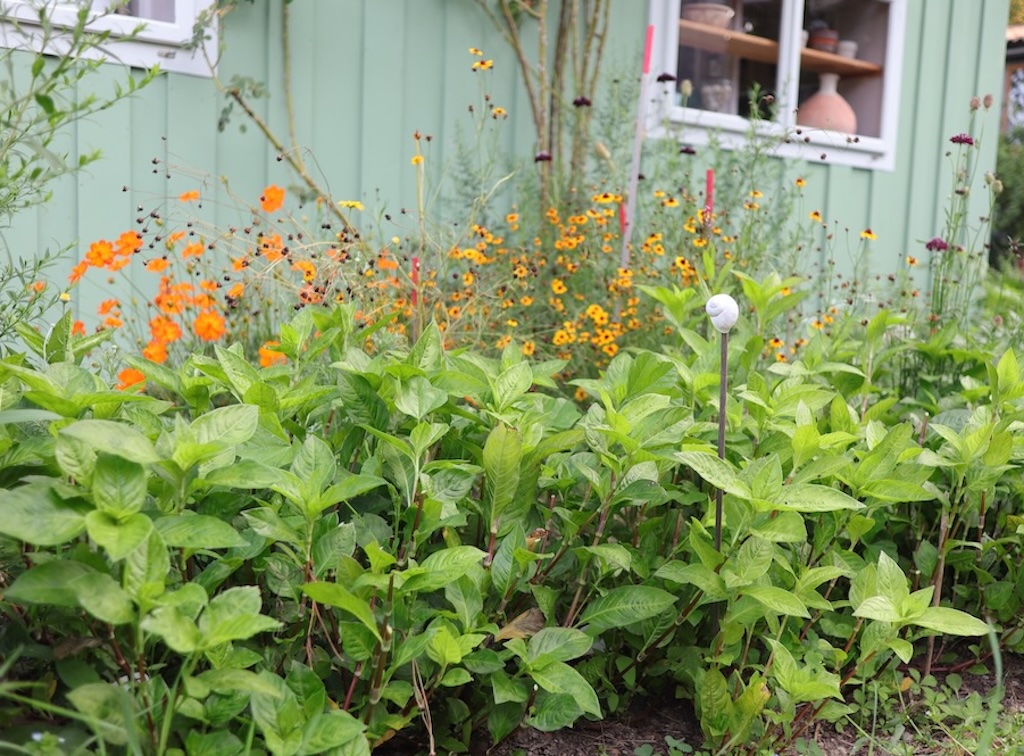
My flourishing dye garden this year!
Working with both fresh and dried indigo leaves has been a rewarding experience. Fresh leaves, rich in pigment, can be transformed into vibrant hues through gentle techniques. Dyeing with them is a dynamic process—a joyful interaction between the artist and nature, where the color emerges with each careful rub and massage of the fabric. It’s a beautiful connection to the earth and the hues it so generously provides.
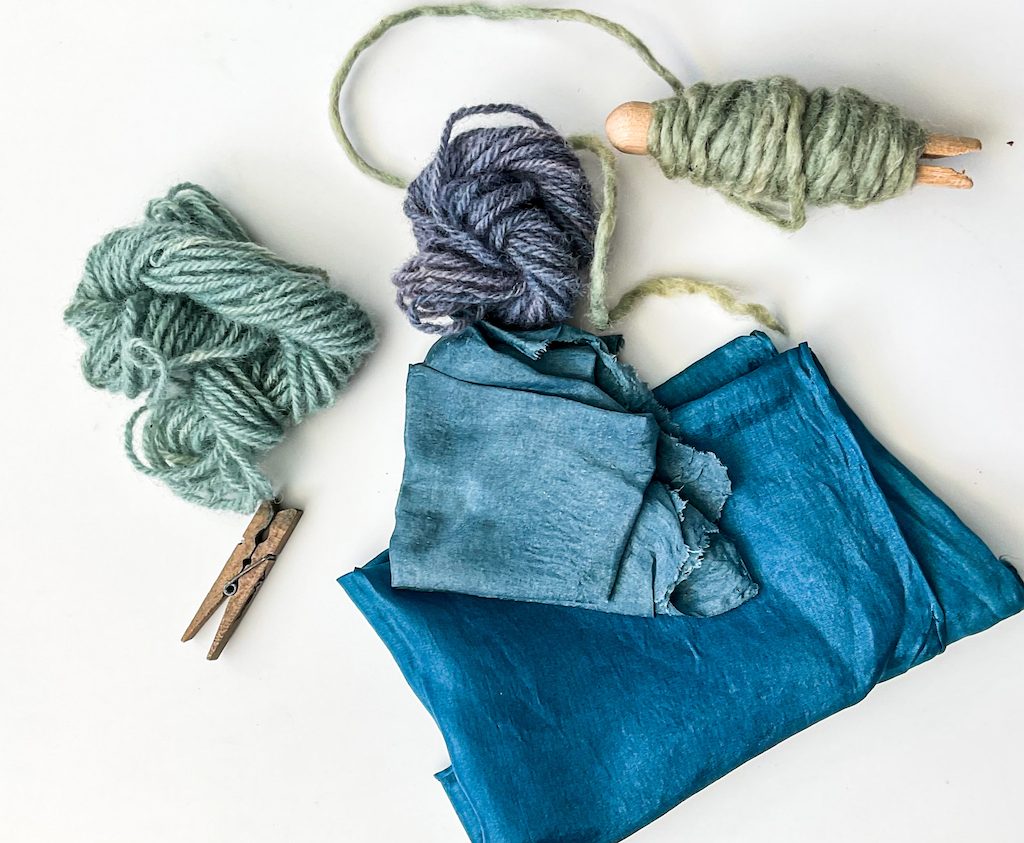
Varied shades of blue created through fresh leaf indigo dyeing.
This year, I’ve had some amazing learnings from this beautiful plant that I’ve been growing from saved seeds for the past three years. Last month, at the start of the school semester, I had the pleasure of conducting a workshop for my son’s class at Waldorf school. I introduced 27 enthusiastic fourth graders to the world of dyeing with fresh indigo leaves, and it was such a rewarding experience. The excitement on their faces when their hands turned blue was magical. Each child created their own unique shade of blue, and I learned so much by watching how each interacted with the leaves and fabric. It was a true reminder of the beauty of working with natural dyes.
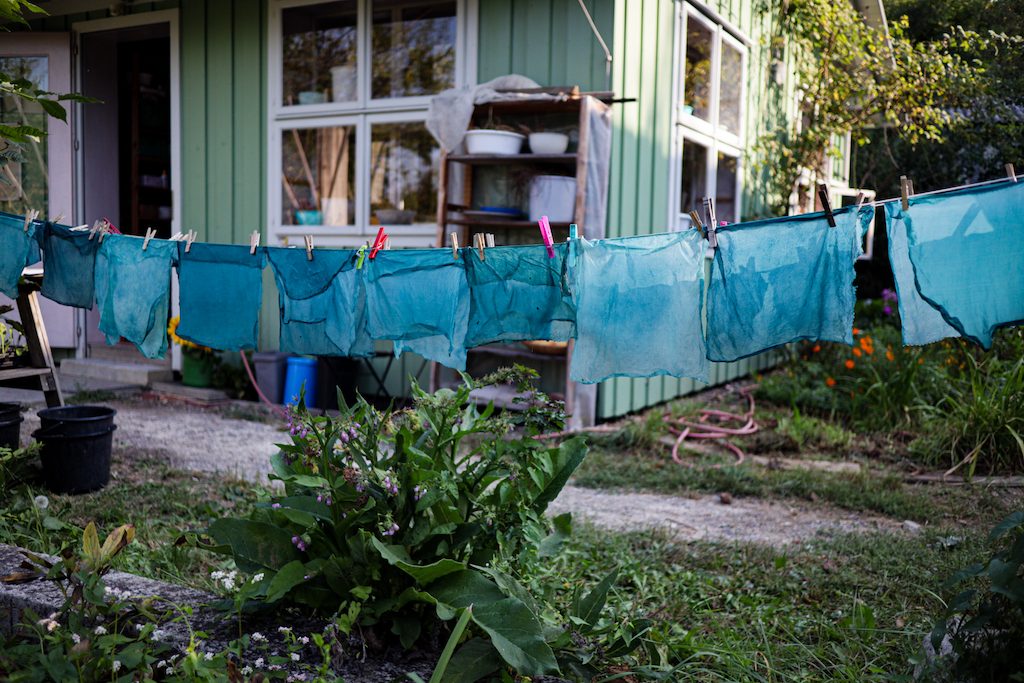
Shades of Blue – Indigo Workshop at Waldorf School, Graz, Austria, 2024.
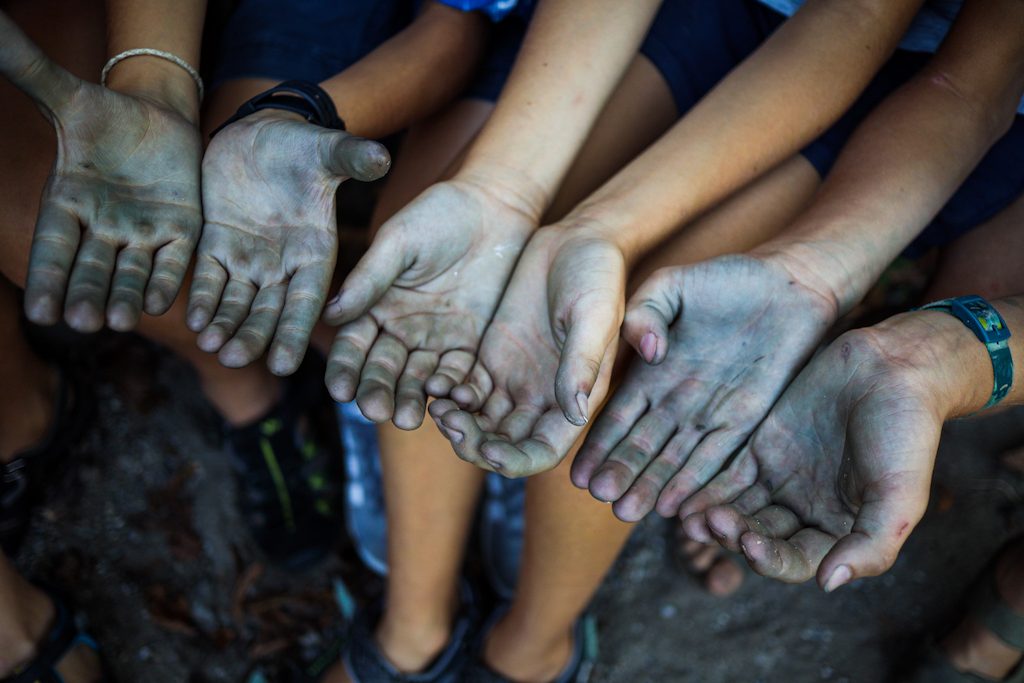
Tiny hands – Indigo dyeing magic in action!
Dried indigo leaves, too, have their own charm. I discovered Michel Garcia’s tutorial, and while I couldn’t replicate the results shown in his video, I persisted and eventually found my own way to use dried Japanese indigo in my creative projects. These leaves can produce deep, rich colors that breathe life into textiles and natural yarns, sparking endless creativity and inviting experimentation with indigo’s beauty.
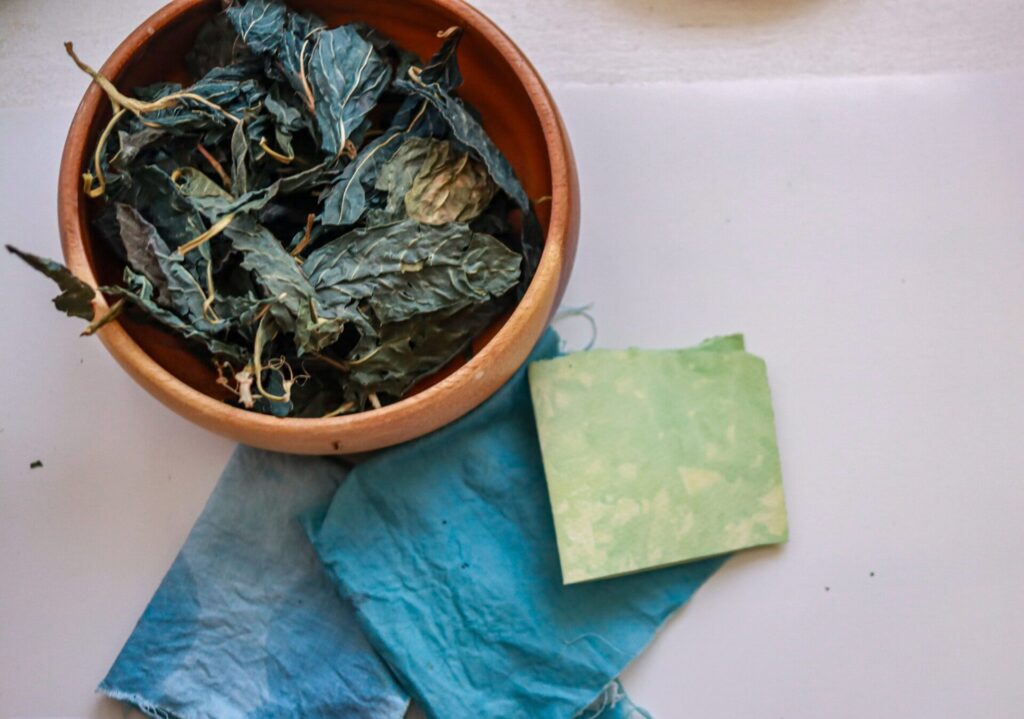
Shades of blue created from the magic of dried indigo leaves.
In my newly released e-book, A Guide to Dyeing with Fresh and Dried Leaves of Japanese Indigo, I share insights from my journey with this enchanting plant. Whether you’re a beginner or an experienced artisan, my book offers valuable techniques and stories that celebrate the beauty of indigo, inspiring you to connect with nature through sustainable crafting.
If you’re curious about the magic of natural colors and want to dive into the world of indigo, I invite you to explore my e-book. It’s a wonderful resource to spark your creativity and deepen your appreciation for this remarkable plant.
Join me on this colorful adventure—let’s celebrate the beauty of indigo together!
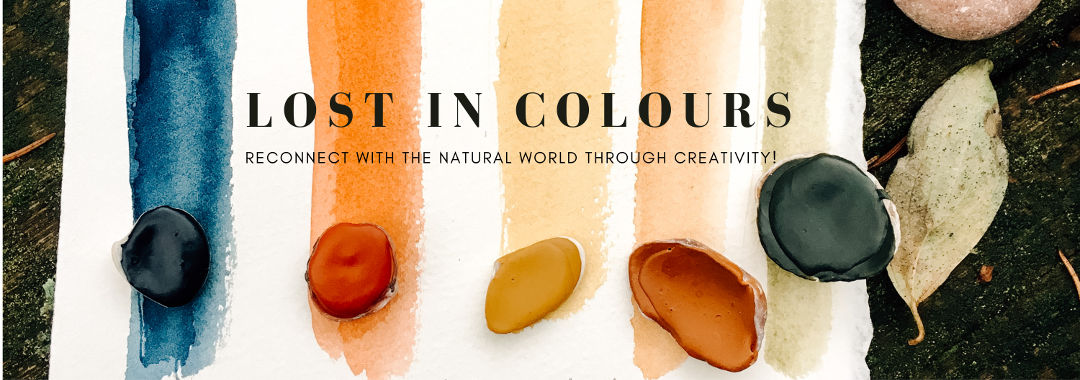
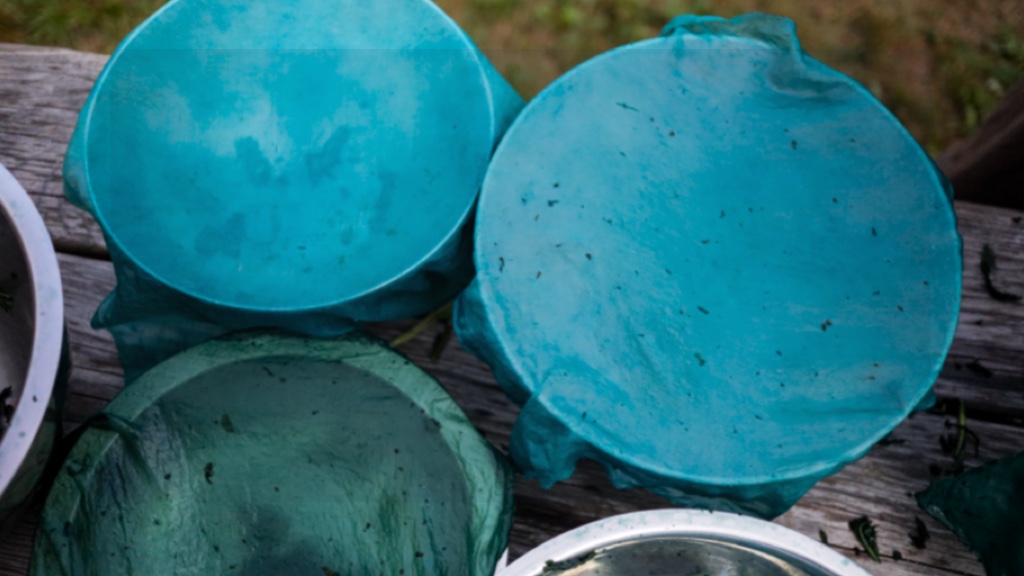
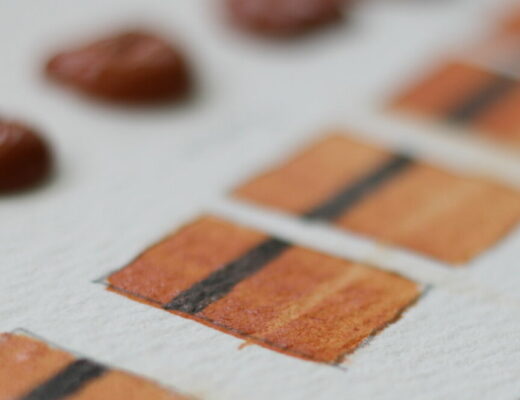
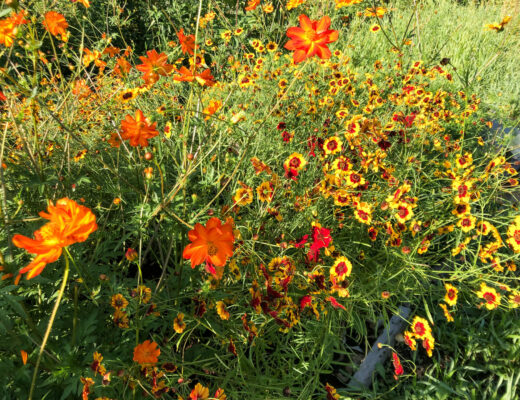
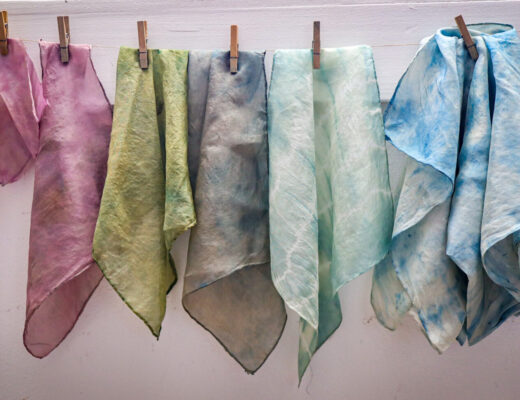
No Comments